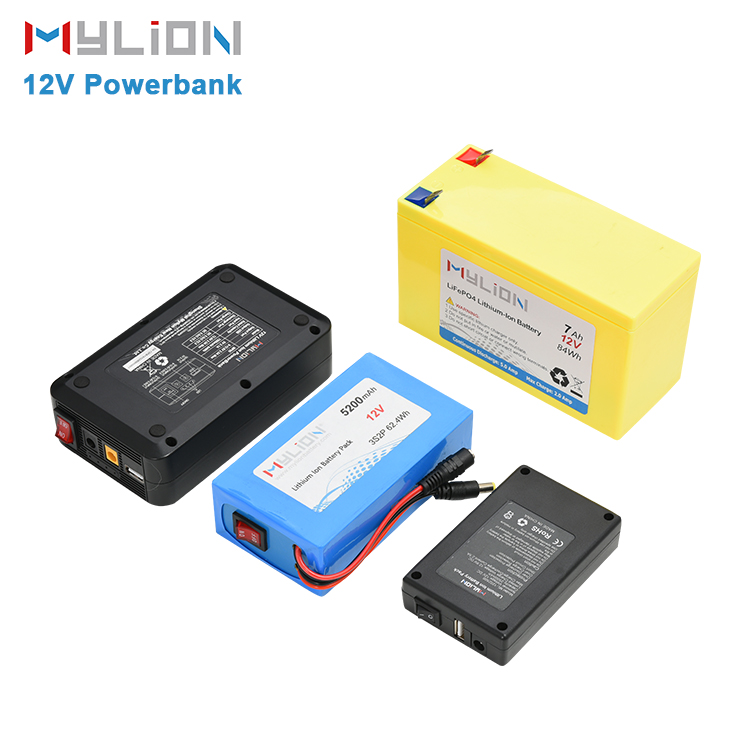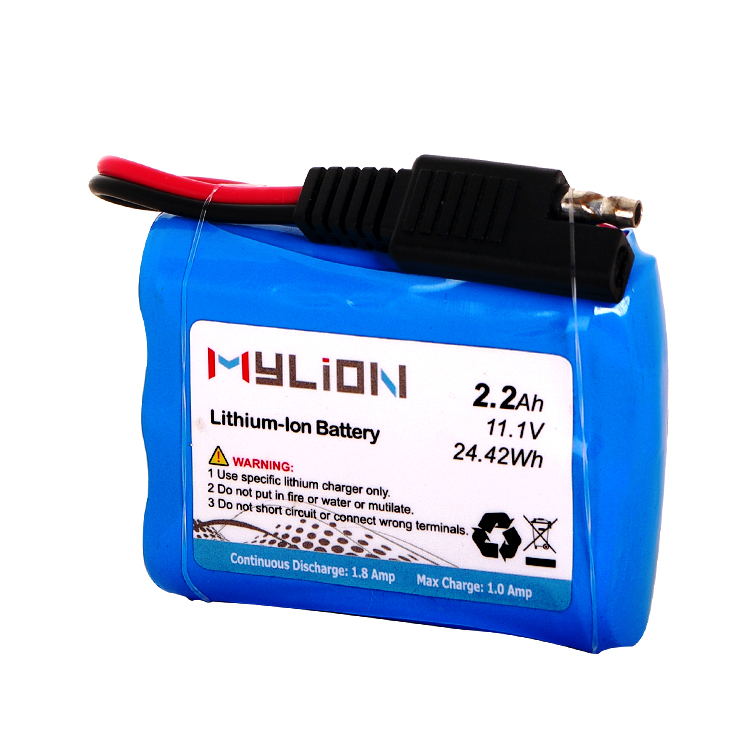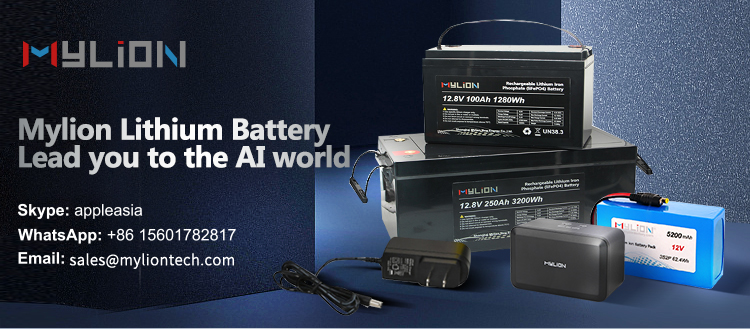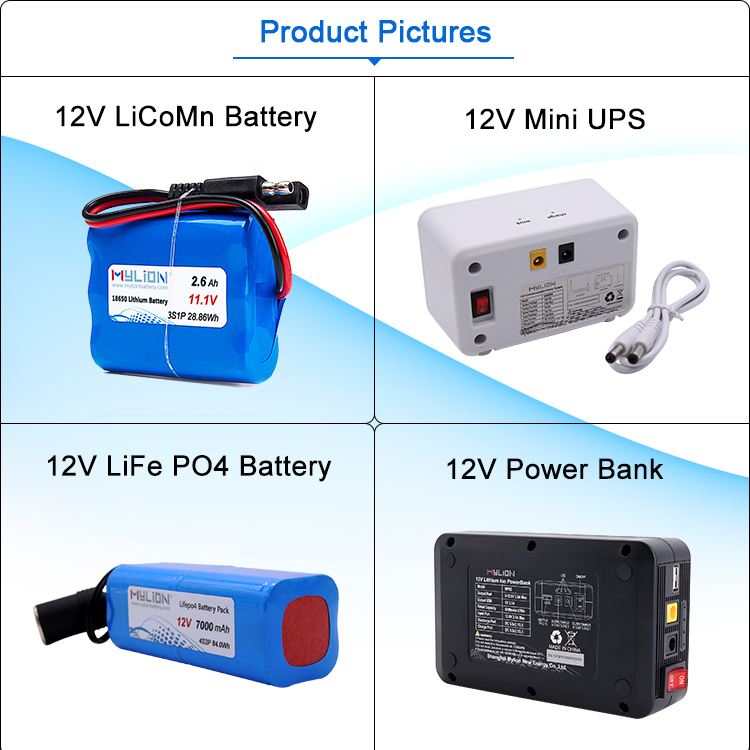We might not realise it, but batteries play various important roles in everyday life. They’ve proven to be useful, reliable, and affordable electricity resources.
From car engines, medical procedures to telecommunications, batteries often provide initial power. They’ve become an important source of energy.
Moreover, they are the primary power source for most electronic wireless gadgets. From smartphones, laptops, to watches, clocks, smoke alarms and remotes—they’re everywhere!
You might have come across at least a couple of different types of batteries in your life. Their packaging speaks for itself; chances are, you can tell some types straight away when you see them.
But identifying each of the types and their uses can be tricky, and we’re here to help. In this article, we’ll discuss the various types of batteries.
Their specifications, classifications and terminologies are also included.

What Is Battery?
An Italian physicist, Alessandro Volta, invented the first battery in 1800. Since then, battery technology has been used around the world.
A battery is a collection of one or more cells, storing electrical energy for powering electrical devices.
How does it work?
Chemical reactions create the flow of electrons within a circuit. The stored chemical energy is then converted into direct current electric energy.

Cell and Battery
We all know how capable a battery is for supplying electric power. But what we might not know is the underlying component inside it, which has a major part in producing voltage and current.
The Cell. This basic electrochemical unit handles the actual storage of energy in a battery.
A cell contains three main components: two electrodes and an electrolyte.
Let’s begin with the electrodes. There are two types: the Anode and the Cathode.
The anode is the negative electrode, whereas the cathode is the positive one.
When the anode loses electrons to the external circuit, it gets oxidised. It’s also called the Fuel Electrode or the Reducing Electrode.
In contrast, once the cathode accepts electrons from the internal circuit, it gets reduced. It’s also called the Oxidising Electrode.
This is where the energy conversion happens in a battery. It’s due to the electrochemical oxidation-reduction reaction of a cell component.
The third element is the electrolyte. It acts as the medium for transferring charge in the form of ions between two electrodes.
An electrolyte isn’t electrically conductive but is an ionic conductive. It is often referred to as Ionic Conductor.
Overall, the cells in a battery provide the necessary voltage and current levels.

Different Types of Batteries
Electrochemical cells and batteries are categorised into two types. Although there are several other classifications, these two are the basics:
- Primary (non-rechargeable)
- Secondary (rechargeable)
Primary batteries are non-rechargeable ones. This means they can’t be recharged with electricity.
The secondary batteries work otherwise. They’re ideal for recharging.

Primary batteries
A primary battery is a convenient sources of power for portable electronics and devices. This includes radios, watches, toys, lights, camera, and more.
Since they can’t be recharged once they run out of power, they’re the type to “discard immediately when discharged”. In short, they can’t be used again.
Primary batteries are inexpensive, lightweight, and convenient to use with no maintenance. The majority used in domestic applications are single cell type.
They usually come in a cylindrical form, such as Alkaline batteries. They got their name from the electrolyte used in them: potassium hydroxide—a pure alkaline substance.
This type of primary battery is a chemical composed of zinc (Zn) and manganese dioxide (MnO2). It has a power density of 100 Wh/kg.
Other shapes and sizes of a primary battery include a coin-shaped one, a.k.a. coin cell batteries. They are often used in torches, remotes, wall clocks, small portable gadgets, and more.
The chemical composition of a coin cell battery is also alkaline. But it also contains lithium and silver oxide chemicals.
These compounds make this small battery more efficient, providing steady and stable voltage. It has a power density of 270 Wh/kg.







